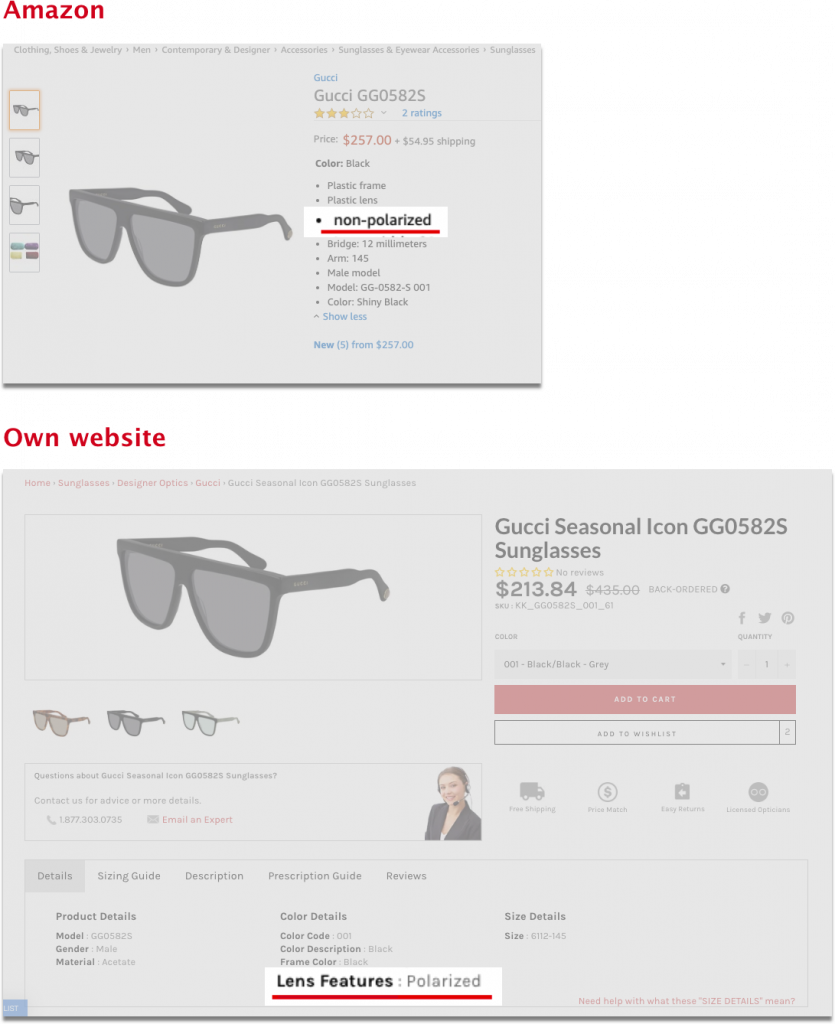
How Designated PIM Software Beats the Spreadsheets
Yuliya Malinina | February 17th, 2020
I’ve been working with and making Product Information Management (PIM) software for eCommerce since 2008. Here are the thoughts I want to share.
First things first, my intro to PIM
PIM’s main idea is centralizing product content creation. This is implemented through 3 following steps:
- Collect ALL information on products (Supplier price lists, Digital assets, Marketing materials, Buyers’ testimonials, Internal instructions for content managers).
- Enrich product profile with data valuable for end-user (add a product to hierarchies, translate product descriptions into a brand’s tone and language of the content consumer).
- Disseminate product info across all channels (Website, Mobile app, Amazon catalog, Facebook store page, eCommerce platform, etc.). Get feedback, and go to Step 1.
Now to the main point of this article
One of the most common “not to have PIM” reasons I’ve been getting — “We manage all our product descriptions in Excel spreadsheets. How’s PIM better than this?”
My usual answer is that PIM is the one place where content is. It minimizes the chance of errors and allows multiple parties to update product catalog content at the same time.
One place to keep product content
To elaborate on the points above:
PIM allows manufacturers and retailers to focus all content creation efforts in one place and maintain a consistent presence in all channels. There can be only one product profile, and only this profile will be distributed between content consumers. As a result, we can avoid the problem shown below:

Minimized error possibility
- Via role-based access control.
If a user with the Content Editor rights is not supposed to change a product name provided by the Supplier, for instance, they won’t be able to.
- With the help of UI.
PIM’s UI displays numerous product attributes in logically arranged groups, some attributes have references to pre-filled lists of possible values. Also, PIM user interface helps content editors with tips when some mandatory data is missing.
On top of things, there is a changelog of the product profile. So, one can see when the product title from the Supplier was changed, compare the previous and current versions of it, and edit the title for the eCommerce channel if required.
PIM Workflow
PIM software has a certain workflow, during which the product profile is gradually getting closer and closer to a “ready for publishing” status.
Workflow is transparent for the company staff so that the digital assets team would know which products are waiting for a photo.
As a result, content editors would be able to distinguish and prioritize new products with yet empty profiles and the products, which content requires immediate attention and corrections. And all of them are able to work in parallel.
And to bring the issue to a close, ask yourself: “Can I achieve all of the above with the help of spreadsheets?”. Probably not!
Recent Posts
- How to Efficiently Scale Your Startup’s Tech Stack for Maximum Growth
- Shine in Your Interview: 3 Dos and Don’ts to Prove Your Competence with Confidence
- Elevator Pitch: How to “Sell” Yourself in One Minute
- 9 Best Places to Find Free Datasets for Your Next Project
- 9 Key Measures to Protect Digital Assets and Ensure Data Integrity
